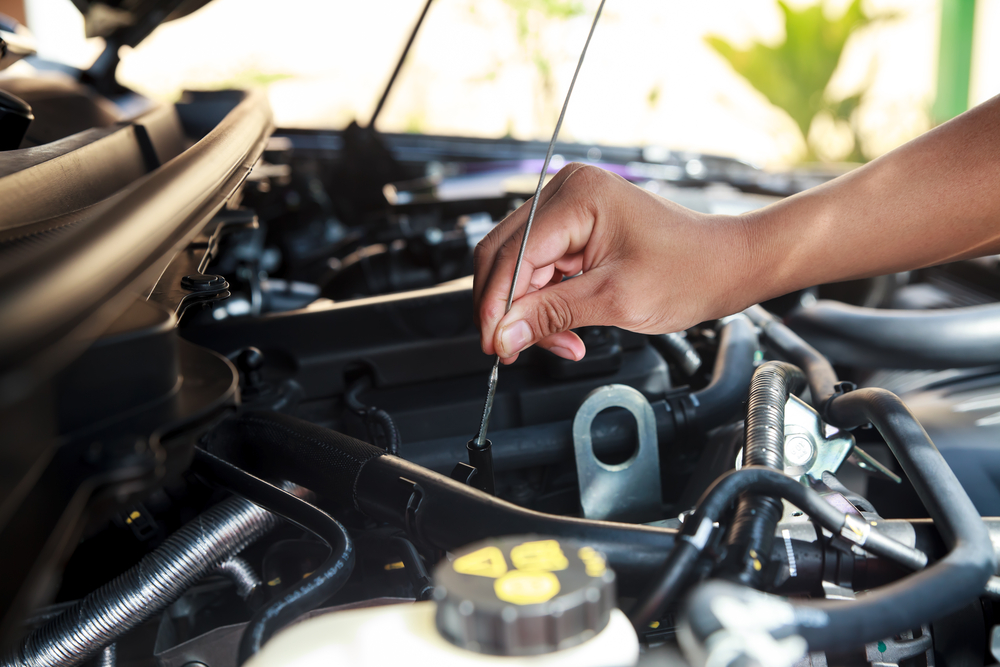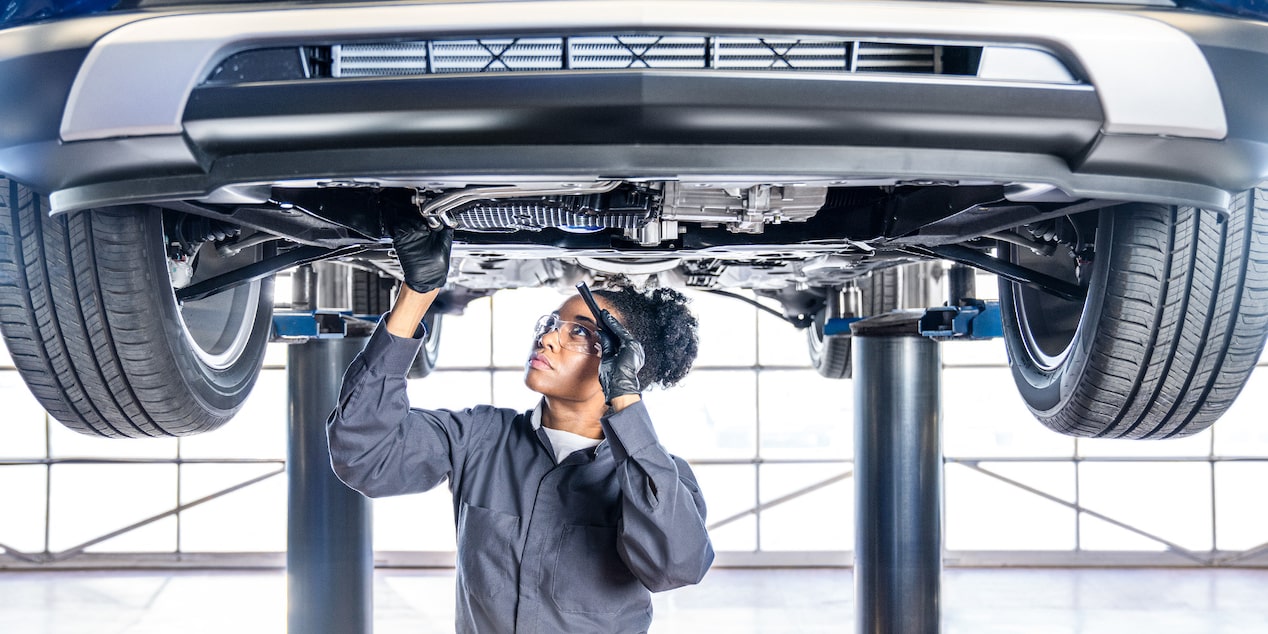All Categories
Featured
Your car's shock absorber plays a vital function in supplying a stable and smooth adventure, ensuring that you keep control on various surfaces. It soaks up road shocks, supports the car's weight, and maintains tires in call with the roadway. Appropriate upkeep of this intricate system is important for safety and efficiency. Comply with these actions to ensure your shock absorber continues to be in optimal condition.
![]()
Leaking Liquid: Shocks or struts might leak oil when they're put on. Harmed Springs: A sagging or irregular position could show a busted spring. Used Bushings or Ball Joints: Fractures, rips, or uncommon activity during procedure suggest wear. Corrosion or Corrosion: Over time, metal components may rust, resulting in damaged elements. Attend to any kind of concerns immediately by consulting an expert technician.
![]()
Feathery Tread: Indicates inadequate placement. Bald Edges: Recommends worn shocks or shows off triggering too much jumping. Turn your tires frequently and preserve the appropriate tire pressure to decrease stress on the shock absorber. 3. When Needed, change Shocks and Shows Off. Struts and shocks are crucial to your suspension's efficiency. Indicators they require replacing include:
A bouncy or rough adventure. When stopping, nose-diving. Excessive body roll when turning. Changing these elements at the recommended intervals (every 50,000 to 100,000 miles, relying on driving conditions) can bring back ride top quality and handling.
Prevent driving over pockets, curbs, and rate bumps at high speeds. Take corners gently to protect against extreme side pressures. Reduce down on harsh roadways to decrease damage. 6. Schedule Routine Alignments. Wheel alignment ensures that your tires and suspension work harmoniously. Misaligned wheels can trigger guiding concerns, irregular tire wear, and extra stress and anxiety on suspension elements. Schedule a placement examine annually or after striking a significant gap.
![]()
Conclusion. A well-maintained shock absorber enhances driving convenience, boosts safety, and expands the life of your car. By staying positive with evaluations, attending to concerns immediately, and driving properly, you can maintain this vital system for years ahead. Invest in appropriate suspension upkeep today, and enjoy a much safer, smoother adventure on every journey.

- Inspect Suspension Components Frequently. Regular aesthetic examinations can help determine possible troubles early. Seek the complying with signs:
Leaking Liquid: Shocks or struts might leak oil when they're put on. Harmed Springs: A sagging or irregular position could show a busted spring. Used Bushings or Ball Joints: Fractures, rips, or uncommon activity during procedure suggest wear. Corrosion or Corrosion: Over time, metal components may rust, resulting in damaged elements. Attend to any kind of concerns immediately by consulting an expert technician.
[1].jpg)
- Display Tire Put On. Uneven tire wear usually points to suspension troubles. :
Feathery Tread: Indicates inadequate placement. Bald Edges: Recommends worn shocks or shows off triggering too much jumping. Turn your tires frequently and preserve the appropriate tire pressure to decrease stress on the shock absorber. 3. When Needed, change Shocks and Shows Off. Struts and shocks are crucial to your suspension's efficiency. Indicators they require replacing include:
A bouncy or rough adventure. When stopping, nose-diving. Excessive body roll when turning. Changing these elements at the recommended intervals (every 50,000 to 100,000 miles, relying on driving conditions) can bring back ride top quality and handling.
- Avoid Overloading Your Vehicle. Straining your vehicle positions unnecessary stress and anxiety on the shock absorber. Surpassing your vehicle's weight capacity can bring about early wear and lowered efficiency. Constantly check your owner's guidebook for the maximum tons limitation and pack accordingly.
- Be Mindful of Your Driving Behaviors. Driving actions substantially impact the wellness of your suspension system. To reduce pressure:
Prevent driving over pockets, curbs, and rate bumps at high speeds. Take corners gently to protect against extreme side pressures. Reduce down on harsh roadways to decrease damage. 6. Schedule Routine Alignments. Wheel alignment ensures that your tires and suspension work harmoniously. Misaligned wheels can trigger guiding concerns, irregular tire wear, and extra stress and anxiety on suspension elements. Schedule a placement examine annually or after striking a significant gap.
- Lubricate Moving Components. Some suspension components, like round joints and bushings, gain from occasional lubrication. This reduces rubbing, lessens wear, and expands their life-span. Inspect your proprietor's handbook or consult your technician for particular lubrication suggestions.
- Prioritize Regular Specialist Examinations. While DIY maintenance aids, specialist examinations are important for identifying surprise troubles. Experts can evaluate hard-to-spot problems like used control arms or hidden structural damage. Normal examinations also give comfort, making certain all components are functioning appropriately.

Conclusion. A well-maintained shock absorber enhances driving convenience, boosts safety, and expands the life of your car. By staying positive with evaluations, attending to concerns immediately, and driving properly, you can maintain this vital system for years ahead. Invest in appropriate suspension upkeep today, and enjoy a much safer, smoother adventure on every journey.
Latest Posts
Discover Budget-Friendly Auto Repairs with Montclare’s Exclusive Service Specials
Published May 30, 25
1 min read
Learn About Brake Repair & More: Comprehensive Auto Care Solutions from Montclare Auto Repair
Published May 22, 25
1 min read
Why Routine Vehicle Maintenance at Montclare Auto Repair Saves You Money
Published May 22, 25
1 min read
More
Latest Posts
Discover Budget-Friendly Auto Repairs with Montclare’s Exclusive Service Specials
Published May 30, 25
1 min read
Learn About Brake Repair & More: Comprehensive Auto Care Solutions from Montclare Auto Repair
Published May 22, 25
1 min read
Why Routine Vehicle Maintenance at Montclare Auto Repair Saves You Money
Published May 22, 25
1 min read